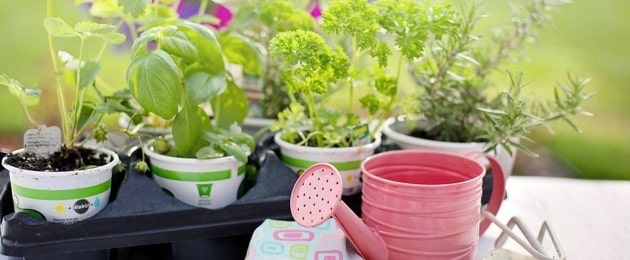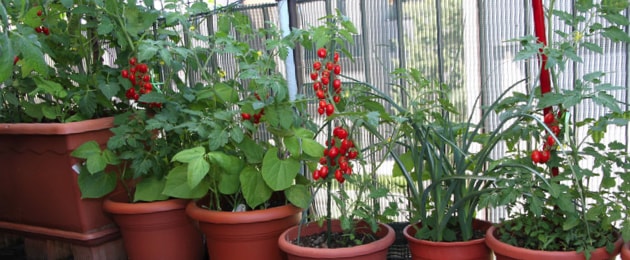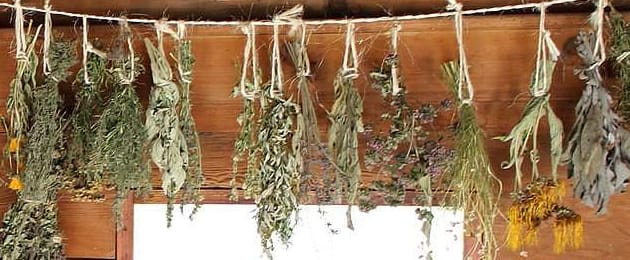Preparing Your Garden for Spring Planting
Nothing beats a beautiful spring day. Great weather early in the season can inspire us to head outdoors and begin what we hope will become a bountiful vegetable garden in a few short months.
Before putting anything in the ground, make sure to set your garden up for the most success possible. Make plans to spend the next sunny day preparing your garden for the growing season ahead. Begin the season with the following tasks:
- Rake and remove. Winter’s winds can blow leaves and inorganic debris into the garden. Aside from being an eyesore, these piles can become homes and hiding places for plant-eating pests. Leaves can also harbor bacterial and fungal infestations that can find their ways onto your crops.
- Do some weeding. You may get an early start in your garden, but the weeds probably got an even earlier start! Hand pull weeds now before they grow into hard-to-remove mats of weeds in the coming weeks. You may even find that some “weeds” are rogue herb seedlings such as dill or fennel. Use ‘em if you pull ‘em!
- Add a layer of compost. Lay down an inch or two of a good-quality compost over your planting beds. Rake it into the top layer of soil gently, not disturbing the soil too much. Do this several weeks in advance of planting to give it time to integrate with your garden’s soil. Compost adds beneficial soil microbes and helps with drainage in compact soils.
- Complete minor repairs. Hole in the garden fence? Wonky garden gate? Loose raised bed boards? Now is the time to fix the problems you put off until “next year.”
- Test your soil. If you have several weeks before you can safely plant your veggies without danger of frost, take this time to test your soil. The test results will enable you to adjust your soil’s nutrients and pH. At-home kits are available, but a soil test run by Wisconsin state university’s extension service are more detailed and accurate. This SITE lists the soil testing lab information for each state. The earlier in the season, the better.
Easy Steps to a Successful Vegetable Garden
Planting Guides
Use planting guides from your local extension service, a soil thermometer, and your local weather forecast. Warm season crops, such as tomatoes and peppers need warm soil and air to thrive. Cole crop vegetables, such as broccoli, cauliflower, cabbage, collard greens, Brussels sprouts, kale, and kohlrabi tolerate cool air and soil for better flavor and are better harvested before the heat of summer. The right air and soil temperatures for your plants will reduce transplant shock.
Improve Drainage
To improve drainage in clay soil and aid in holding water in sandy soil, work 2 to 4 inches of organic matter such as compost, peat moss, or aged manure into the top 6 to 12 inches. Or build a raised garden bed, at least 12 inches high, with a garden mix or premium blend topsoil to improve drainage.
WHEN GROWING VEGETABLES IN CONTAINERS use a premium prepared soil mix. Prepared mixes are light weight and dry out quickly, so daily or twice daily watering may be necessary.
Best Light for Vegetable Plants
Most vegetable plants will grow and thrive in full sun with at least 6 to 8 hours per day, such as cantaloupe, cucumbers, corn, eggplant, peppers, squash, tomatoes, and watermelon. Morning sun with some afternoon shade, about 4 to 6 hours of sunlight, will have beans, beets, broccoli, Brussels sprouts, cabbage, leeks, onions, peas, radishes, and Swiss chard thriving. Vegetables that grow in about 2-4 hours of sunlight are: arugula, endive, kale, lettuce, mustard greens, and spinach.
Water Plants Thoroughly After Planting
Water your vegetable plants thoroughly immediately after planting in the garden. Water regularly throughout the growing season, with at least an inch of water per week. Feel the top inch of soil; if it is dry, then it’s time to water. Water more often during hot, dry periods and less during cooler times. Water in the cool of the morning to allow the water to reach the plant’s roots and help them endure the heat of the sun throughout the day. Water near the soil’s surface and not on the vegetable’s foliage to decrease disease. Cover the ground with 2 to 4 inches of a straw or shredded leaf mulch to minimize weeds and keep the soil cool and evenly moist.
Soil Testing
Have your soil tested to determine exactly what type and how much fertilizer you should give your vegetable plants. If you make the decision not to do a soil test, apply a slow-release fertilizer to the soil at the beginning of the season and then make a second application mid-season, if needed.
Rotate Plants
Rotate your plants in your garden to reduce pests, keep the soil healthy, and replenish nutrients for an abundant harvest. When planting vegetables in the same container each year, disinfect the pots first by soaking them in a solution containing one-part household bleach to 9 parts water for 10 minutes. Then put the pots in a dish detergent and water solution and allow to dry. Lastly, add fresh premium prepared soil mix to the container.
Thank you to Bert R. Hybels Inc. Sales Team for the information in this post!






